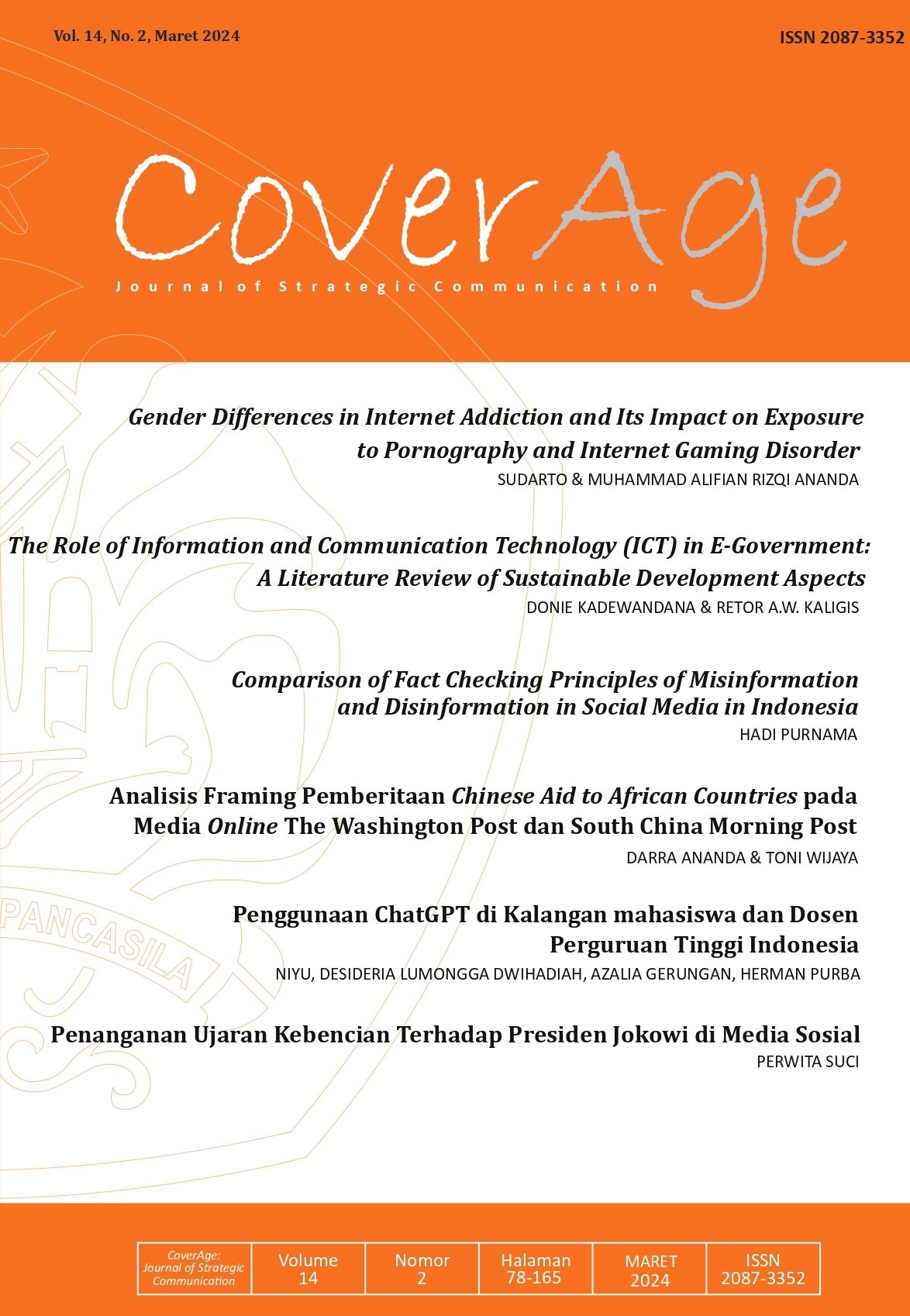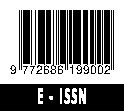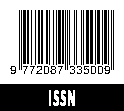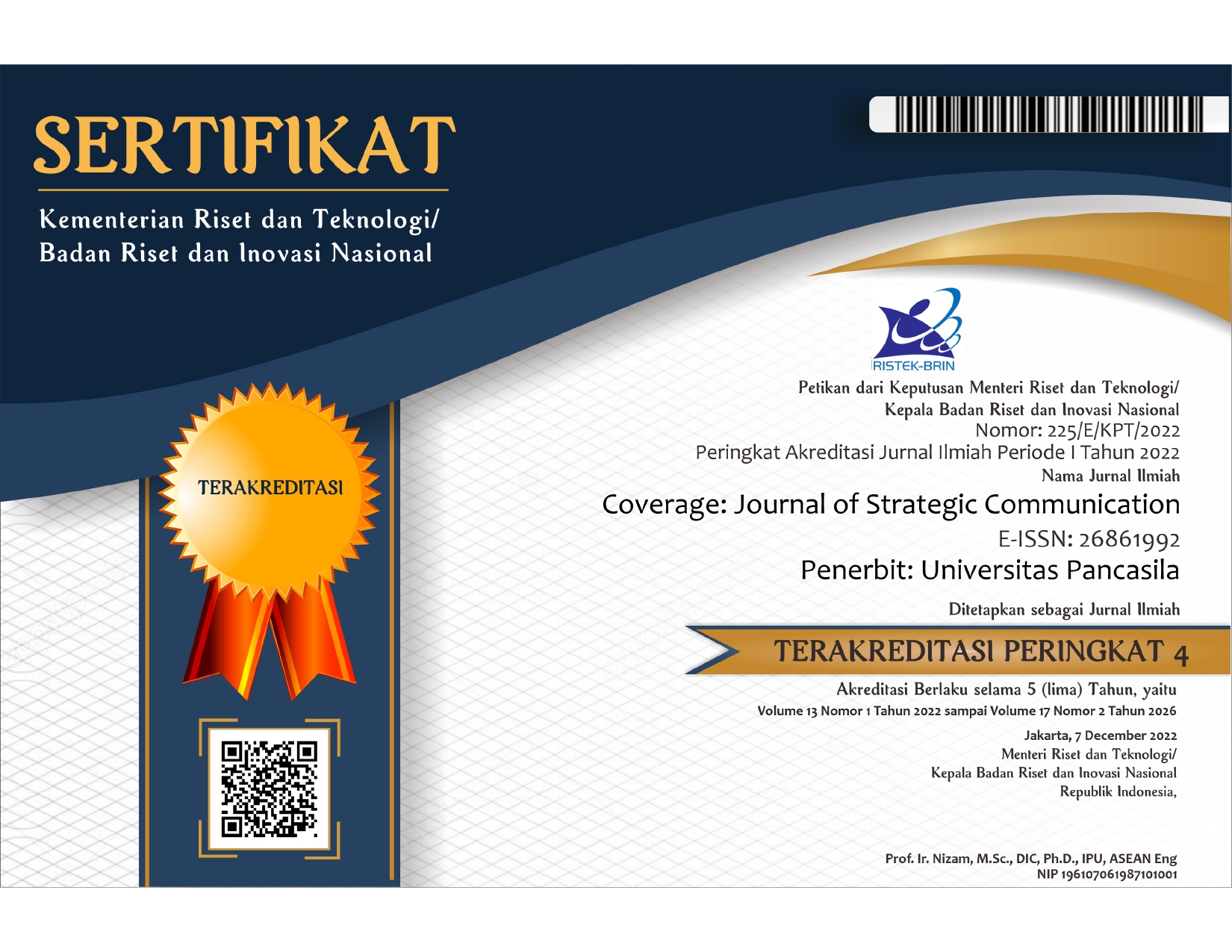Comparison of Fact Checking Principles of Misinformation and Disinformation in Social Media in Indonesia
DOI:
https://doi.org/10.35814/coverage.v14i2.6139Keywords:
Disinformation, Fact Checking Prinsciples, Misinformation, Social MediaAbstract
In the era of information abundance, especially after the advent of social media, it is more difficult toselect and sort accurate and credible information. For this reason, guidelines are needed that can guidesocial media consumers which information is accurate and which information is false. For this reason, it is necessary to fact-check the information circulating on social media. The existence of communities and fact-checker organizations is a necessity nowadays. However, how communities and fact-checking organization scarry out their standard procedures should be of particular concern. What are the principles, procedures, and mechanisms for checking facts between communities and fact-checking organizations, the focus of this research. The results of the study show that there are similarities and atthe same time differences in terms of fact checking carried out by three fact-checking entities, namely the Ministry of Communication and Informatics, Mafindo, and Jabar Saber Hoaks. The similarity ofprinciples, procedures, mechanisms and methods of checking facts indicates that there is an effort touphold the discipline of fact verification. In addition, there are similarities in terms of verification and fact-checking results due to the similarity of procedure references. However, in terms of differences, itcan be seen in the way of labeling or flagging which can have an impact on public confusion inunderstanding the results of fact-checking hoaxes on social media. The results of fact checking carriedout by the three fact-checking entities in Indonesia reflect a constructive effort to educate the public about the importance of recognizing the characteristics and types of hoaxes that often circulate on social media.
References
Al-Fauzi, I. (2019). Buku Panduan Melawan Hasutan Kebencian. Pusat Studi Agama dan Demokrasi. Yayasan Paramadina & Masyarakat Anti Fitnah Indonesia (Mafindo).
Allcott, H. & Gentzkow, M. (2017). Social Media and Fake News in the 2016 Election. Journal of Economic Perspectives, 31(2), 211-236.
Ardianto, E., dan Q-anees, B. (2009). Filsafat Ilmu Komunikasi. Simbiosa Rekatama Media.
Clark, M. (1990). Nietzsche On Truth And Philosophy. Cambridge University Press.
Creswell, J. W. (2013). Qualitative Inquiry and Research Design: Choosing among Design. Sage.
Dubois, E., & Blank, G. (2018). The Echo Chamber Is Overstated: The Moderating Effect Of Political Interest And Diverse Media, Information. Information, Communication & Society, 21(5),729-745.
Ecker, U.K.H. (2017). Why Rebutta ls May Not Work: The Psychology of Misinformation. Media Asia Insight, 44(2), 79–8.
Ecker, U.K.H., Lewandowsky, S., & Tang, D.T. W. (2010). Explicit warnings reduce but do not eliminate the continued influence of misinformation. Memory & Cognition, 38(8), 1087–1100.DOI: 10.3758/MC.38. 8.1087
First Draft. (2018). First Draft's Essential Guide to Understanding Information Disorder. https://firstdraftnews.org/.
Ginting, A.D., Zaini, R.A., Agustina,A., Septiani, S. (2019). News Aggregator dan Nilai-Nilai Jurnalisme: Studi Penyajian Berita pada Beritagar.ID. CoverAge: Journal of Strategic Communication, 10(1), 27-36.
Hassan, N., Zhang, G., Arslan, F., Caraballo, J., Jimenez, D., Gawsane,S., Hasan, S., Joseph, M., Kulkarni, A., Nayak, A.K., Sable, V., Li, C., Tremayne, M. (2017). Claim Buster: The First-Ever End-To-End Fact-Checking System. Proceedings of the VLDB Endowment. Munich, Germany.
Littlejohn, S.W. (2016). Ensiklopedia Teori Komunikasi. Kencana.
Lowrey, W. (2015,). The Emergence and Development of News Fact-checking Sites. Institutional logics and population ecology. Journalism Studies, 18(3), 376-394.
McEwan, B., Carpenter, C.J., & Hopke, J.E. (2018). Mediated skewed diffusion of issues information: A Theory. Social Media + Society, 4(3), 1–14
Moleong, L.J. (2010). Metodologi Penelitian Kualitatif. Edisi revisi. Rosdakarya.
Mooney, H. (2018). “Fake news” and the sociological imagination: Theory informs practice [Deep Blue preprint].
Proceeding of Forty-sixth National LOEX Library Instruction Conference. University of Michigan, Michigan, USA.
Nasrullah, R. (2015). Media Sosial: Perspektif Komunikasi, Budaya, dan Sosioteknologi. Simbiosa Rekatama Media.
Ozbay, F.A., & Alatas, B. (2020). Fake News Detection Within Online Social Media Using Supervised Artificial Intelligence Algorithms. Physica A: Statistical Mechanics and its Applications, 540(1), 1-21.
Pariser, E. (2011). The Filter Bubble: What the internet is hiding from you. Penguin Press.
Kertanegara, M.R. (2018).Clickbait Headline and Its Threat in The National Resilience. CoverAge: Journal of Strategic Communication, 8 (2), 57-62.
Rogers, E. (2003). Diffusion of Innovations.5th ed. Free Press.
Schmidt, E., & Cohen, J. (2014). Era Baru Digital: Cakrawal Baru Negara, Bisnis, dan Hidup Kita. Jakarta: Kepustakaan Populer Gramedia.
Shin, J., Jian, L., Driscoll, K., & Bar, F. (2018). The Diffusion of Misinformation on Social Media: Temporal Pattern, Message, and Source. Computer and Human Behaviour, 83, 278-287.
Smith, E.R.A.N. (2008). What is public opinion? Critical Review. Journal of Politics and Society, 10(1), 95–105.
Tandoc Jr., E.C., Lim,D., & Ling, R. (2019). Diffusion of disinformation: How social media users respond to fake news and why. Journalism, 21(3), 1-8.
Unesco. (2018). Journalism, Fake News, Disinformation (Handbook for Journalism Education and Training). France.https://en.unesco.org/fightfakenews
Vo, N., & Lee, K. (2018). The Rise of Guardians: Fact-checking URL Recommendation to Combat Fake News.Proceeding of SIGIR '18: The 41st International ACM SIGIR Conference on Research & Development in Information Retrieval. AnnArbor,MI, USA.
Walther, J.B. (2017). The Merger of Mass And Interpersonal Communication Via New Media: Integrating Metaconstructs. Human Communication Research, 43(4), 559–572.
Wendratama, E. (2019). Jurnalisme,“Berita Palsu”, dan Disinformasi: Konteks Indonesia. Departemen Ilmu Komunikasi, Fakultas Ilmu Sosial dan Ilmu Politik, Universitas Gadjah Mada.
West, R., & Turner, L.H. (2008). Pengantar Teori Komunikasi: Analisis dan Aplikasi. Penerbit Salemba Humanika.
Wimmer, R.D., & Dominick, J.R. (2011). Mass Media Research: An Introduction. Wadsworth.
Yang, S., Shu, K., Wang, S., Gu, R., Wu, F., Liu, H. (2019). Unsupervised Fake News Detectionon Social Media: A Generative Approach. Proceedings of the AAAI Conference on Artificial Intelligence. Honolulu, Hawaii, USA.
Yin, R.K. (2013). Studi Kasus: Desain dan Metode. Rajawali Grafindo Persada.
Zhou, X., Zafarani, R., Shu,K., & Liu, H. (2019) Fake News: Fundamental Theories, Detection Strategies and Challenges. Proceeding of The Twelfth International Conference on Web Search and Data Mining. Melbourne, VIC, Australia.





















